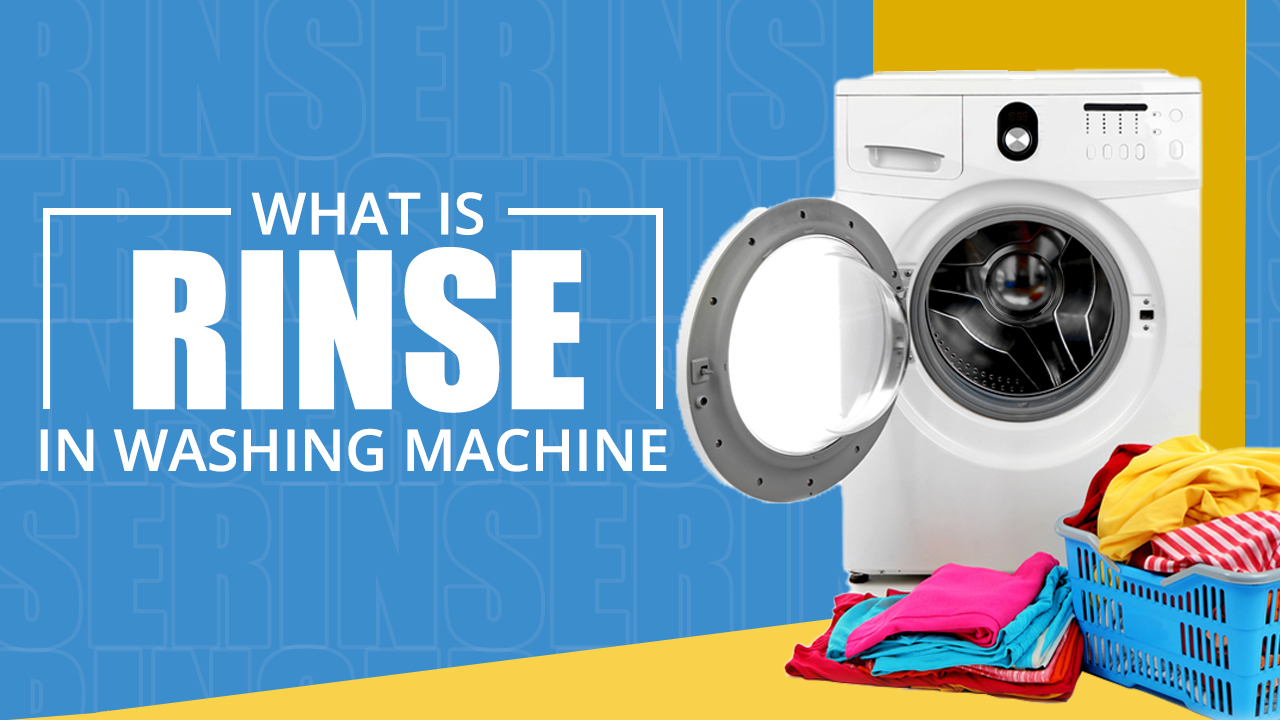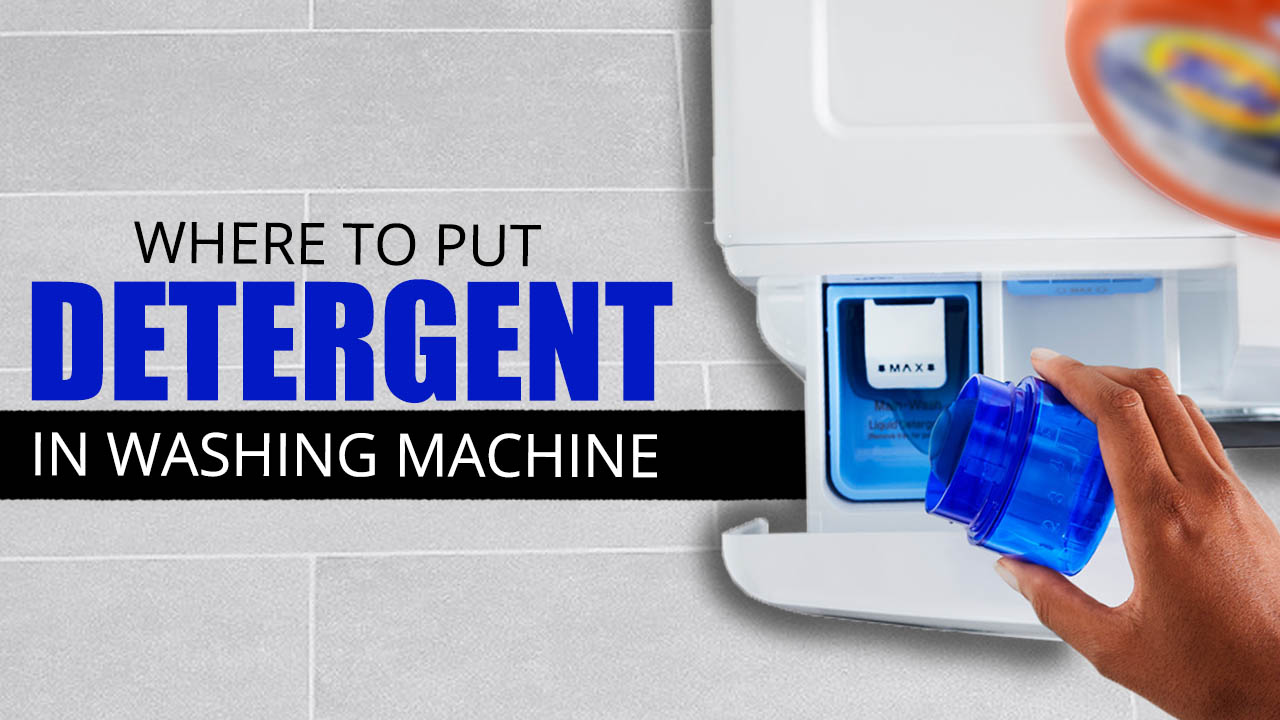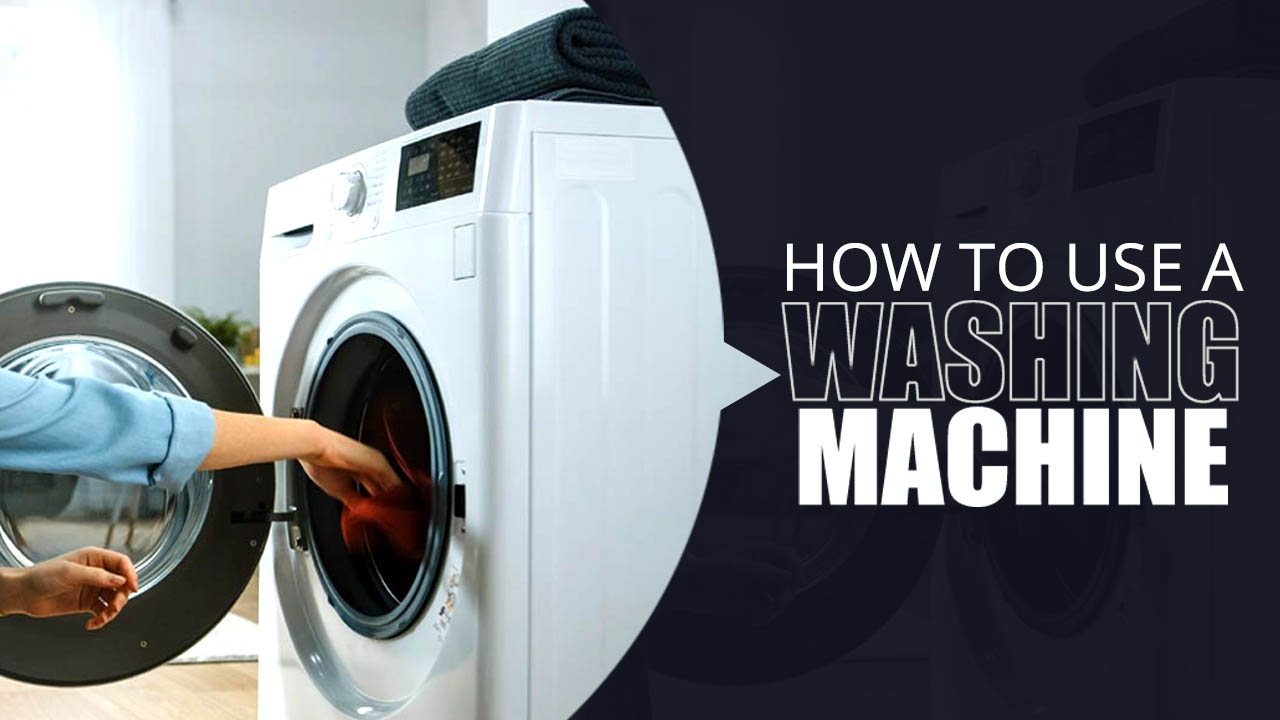Want to install your new washing machine yourself? Our article on how to install a new washing machine will guide you in the right direction.
Although many consumers are discouraged by pipes, attachments and gaskets, actually installing the washing machine in the correct way is a simple operation that can really be carried out by anyone.
How To Install A New Washing Machine – All the steps for installation
It is important to disconnect both the power and the water (taking care to also drain the residual water in the pipes by opening a tap) before proceeding with the installation, so as to work in total safety.
Bring the necessary tools to install the washing machine, in our case locking pliers, wrench, parrot wrench and standard level will suffice.
Step 1 – Choose the ideal location
The first step is not purely technical, yet it is the most important step ever, because positioning the washing machine in a place that is not suitable could in fact damage both the appliance and your home.
The first tip in this case is to choose a corner of the house that has a hard and well-leveled floor, a constant temperature that remains in the seasonal average (not where the temperature can drop below 0 degree) and the right space to accommodate the overall dimensions of the model you have chosen.
The dimensions of the washing machine may vary according to the type of washing machine you have chosen to buy, but in general for standard appliances 1 / 1.5 square meters will be sufficient.
Step 2 – Adjust the height of the feet
It is not always clear that the washing machine rests on feet, which have the function of keeping the machine in a stable position and which excludes any differences in level, for example those caused by the tile joints.
The feet of washing machines can usually be adjusted manually; to ensure that they hold the weight in a stable and leveled way, however, we recommend tightening the bolts with a wrench. If you have a level in your home, try to check that the washing machine is actually positioned on the flat, otherwise adjust it yourself by seeing, perhaps measuring the height of the feet with a tape measure.
Setting the washing machine flat is essential to avoid both excessive noise and unbalanced movements during the washing or spinning phases.
Step 3 – Remove the safety locks
If you have purchased a new washing machine, there will probably be seals on the back and bolts that lock the basket, necessary precautions to prevent damage during the transport of the appliance.
To remove them, just use a classic wrench that allows you to unscrew and extract them without effort.
Step 4 – Connect the loading and unloading pipes
These two components allow the washing machine to both tap into the water network for the washing cycle and to drain the excess water. Both the pipes and the relative gaskets should be supplied with the washing machine, so read the instruction manual carefully to identify which components it is.
The manufacturers usually supply two pipes, one for hot water and one for cold water, and both must be connected to the appropriate tap. The connection for the drain pipe should also already be installed in the washing machine that you have chosen to use.
Even if you are not used to manual labor, you will recognize it because, compared to the loading pipes, it has a much larger diameter. If the installation is temporary and you do not yet have the connection to the drain pipe, you can also opt for the sink solution, resting the end of the drain pipe on the edge. Be careful not to overstretch the pipes, which must always remain fairly loose.
Step 5 – Do a test wash
After installing all the pipes, proceed with a test wash, activating the ecological program (if any) without loading the drum with the laundry and without adding detergent.
If the washing machine is of the latest generation it most likely has calibration mode. This mode checks that the drum is balanced during the spin phase. Read the manual to see if the washing machine program includes calibration mode. Usually the calibration test lasts about 3 minutes.
In this way the control systems of the washing machine can be activated and calibrated and at the same time you can check that you have not made mistakes in the assembly of the pipes.
Conclusion
Save money on your new washing machine by doing the installation yourself. Given the size, weight and general bulkiness of a washing machine, this isn’t going to be a job for everyone. But if you’re OK moving a heavy white box around, and don’t mind getting your hands dirty, this is a useful way to save some money.






